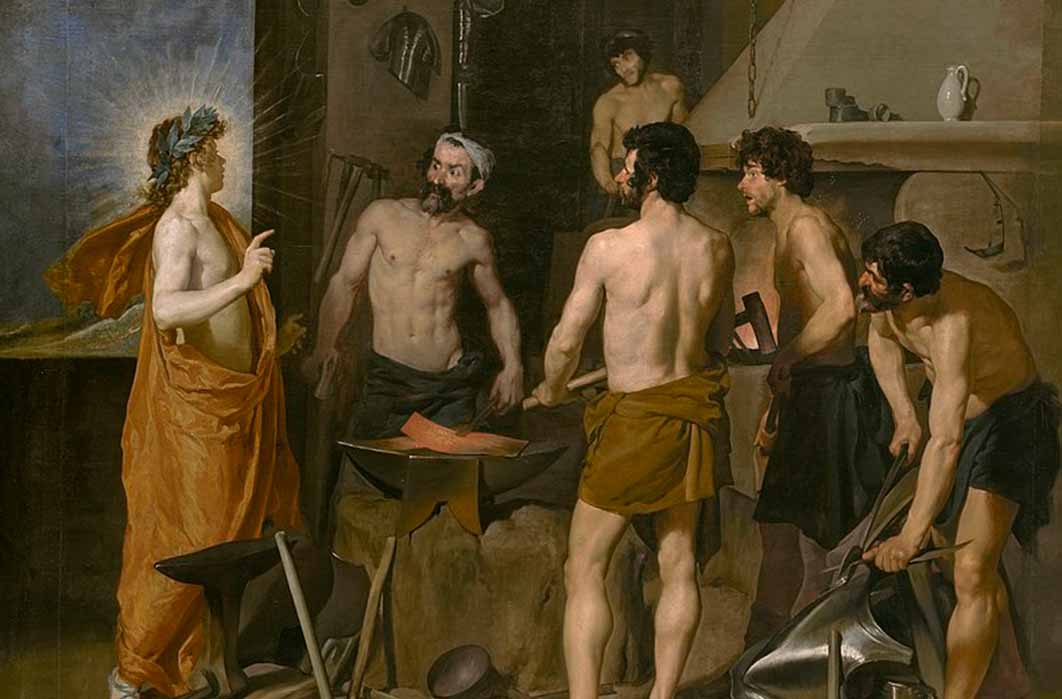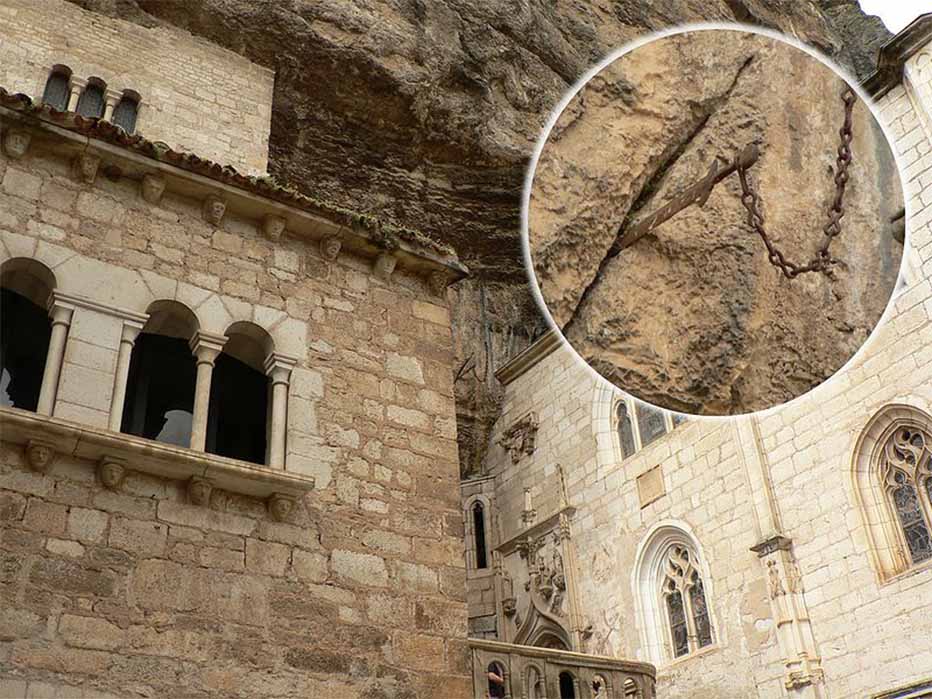
Excalibur: Extracting Swords From Stone, Ancient Metallurgical Metaphors
The first mention of the famous ‘Sword in the Stone’ of the Arthurian tradition is found in Robert de Boron’s Merlin, a medieval French poem, part of the 13th-century Lancelot-Grail cycle of French romances also known as the Vulgate Cycle, according to which King Uther Pendragon before his death thrusts a sword, later called Excalibur, into the stone and Merlin the sorcerer proclaims whoever pulls the sword from the stone is the true king. Young Arthur succeeded in pulling the sword from the anvil sitting atop of the stone. The narrative of young Arthur pulling the sword from the stone is a legend, but there exists what is called the ‘Excalibur of Monteseipi’.

Galgano Guidotti by Giovanni d'Ambrogio (15th century)( Sailko/CC BY-SA 3.0)
In the Metalliferous Hills (Colline Metallifere) of Tuscany at the Monteseipi Chapel, near the Cistercian Abbey of San Galano, stands a sword, thrust in a stone by Galgano Guidotti in the year 1180. Galgano Guidotti (1148 –1181) was the son of a feudal lord in the region of Tuscany, who became a knight. He had a reputation for being brutal in his youth. An analysis of the metal of Galgano’s sword done in 2001 by Luigi Garlaschelli confirmed that the "composition of the metal and the style are compatible with the era of the legend". The analysis also confirmed that the upper piece and the invisible lower one are authentic and belong to one and the same artifact.

San Galgano's sword in the stone at Monteseipi Chapel (Alexmar983 /CC BY-SA 3.0)
Three years after Galgano’s death a round chapel was built over his tomb, which attracted pilgrims, due to the miracles experienced here. Galgano was beatified by the Catholic Church in 1185. By 1220, San Galgano Abbey, a large Cistercian monastery, had been built below Galgano's hermitage. The English mercenary John Hawkwood and his men despoiled the monastery beginning in 1363. By the end of the 14th century, only the abbot remained in the monastery. The abbey stayed impoverished and kept decaying for nearly four centuries. Presently, the roofless walls of the Gothic style 13th-century Abbey church still stand. During the Middle Ages, the Abbey of San Galgano had a foundry used for the production and processing of iron extracted from the pyrite which abounds in the Metalliferous Hills.
Recalling that the Arthurian legends were born in a Cistercian environment, it is noticeable that the name of Galgano itself can be compared to that of Gawain – Arthur’s nephew who in Chrétien de Troyes’ Perceval is the holder of the sword Excalibur. In the Welsh tales, Arthur's sword is known as Caledfwlch. In Geoffrey of Monmouth's Historia Regum Britanniae he Latinises the name Caledfwlch as Caliburnus, which eventually became Excalibur. Caledfwlch has also been associated with the legendary sword of the Irish hero Fergus mac Róich, who called his sword Caladcholg, meaning ‘hard blade’.

Rocamadour in France, with the inset of Durandal embedded in the cliff wall (Patrick Clenet /CC BY-SA 3.0)




